8. Do the Right Thing by Spike Lee
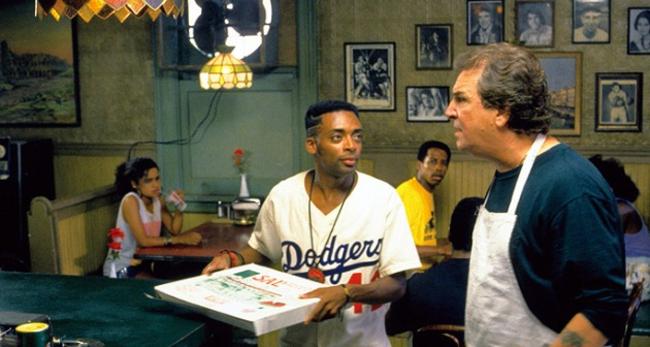
One of the greatest films concerning race and its painful complexity, is Lee’s landmark work. Lee plays Mookie, a young black man that works for a white Italian American in a pizza place in a predominantly black neighborhood.
The film takes place on the hottest day of the year as tempers flare. Deep racial resentment amongst the people are aimed at one another and explode, making Do the Right Thing a truly difficult film to morally navigate.
7. The Phantom Carriage by Victor Sjostrom
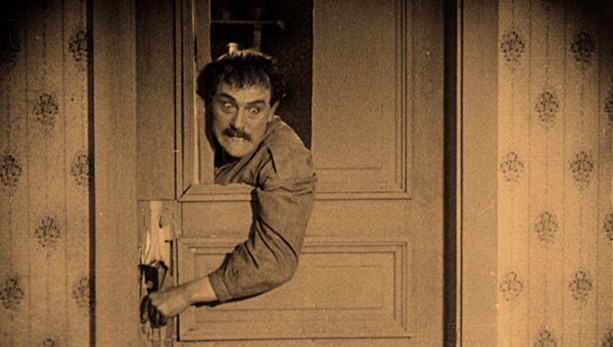
Another of Sjostrom’s films is most likely his most famous. Here Sjostrom plays David Holm, a drunk that reflects on his life upon nearing his own death.
Featuring striking imagery involving the very phantom carriage the film derives its title from, this one is a horror story compelled to illicit the sadness that comes with a life ending. Much more full of regret than the similar It’s a Wonderful Life released about 25 years later, the hopeful Frank Capra film proves to be the Hollywood rendition of what was previously quite a grim story.
Of course it should be noted Sjostrom famously starred in Ingmar Bergman’s Wild Strawberries years after he had retired from directing. Bergman had been obsessed with The Phantom Carriage for years and was inspired deeply by the film’s portrayal of death and the implication of dying.
6. The Rules of the Game by Jean Renoir
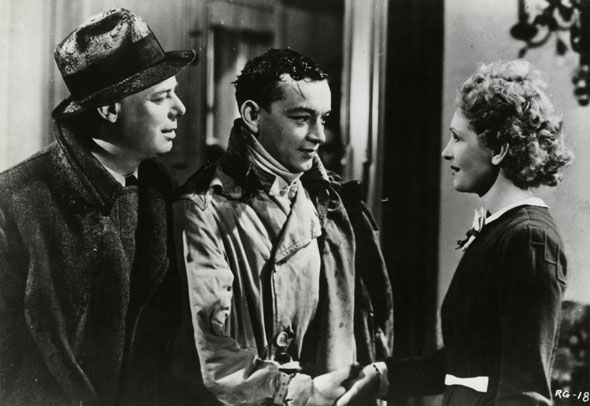
Banned for many years in France, as a result of World War II and what was perceived as a negative portrayal of the French people, Renoir’s social satire proves the laws that dictate the pursuit of love. Set at a mansion over a weekend of delight and celebration, the rich as well as their servants chase one another in the hopes of embrace, victory.
Renoir plays Octave, the warm-hearted friend that advises all the elite that attend the weekend party, sitting outside “the game” as a wise onlooker and pal. It is he who utters the line “everyone has their reasons” early on in the film, helping describe the basis for Renoir’s humanistic approach to not just this film, but his entire body of work.
5. Modern Times by Charlie Chaplin
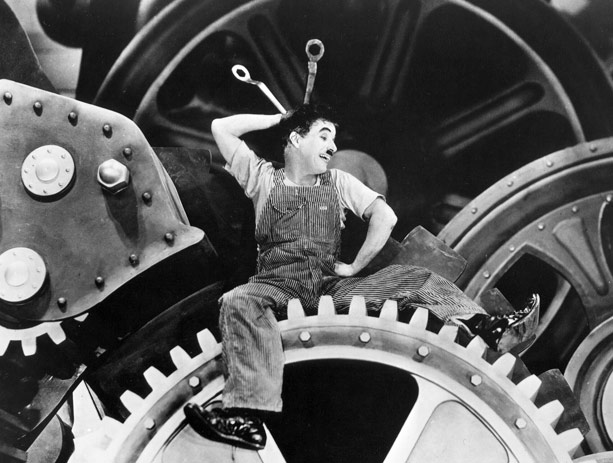
One of Chaplin’s great films is this tale of industrialization and the modern world. The Tramp himself is turned through gears of course, providing the world with a long standing image of the low class worker getting churned by the system.
This film features a homeless woman as the love of the Tramp’s life, as the two combat their circumstance together in a continually more mechanized age. Charlie Chaplin is truly one of the most consistent filmmakers to ever work, so each of his films are absolutely beautiful and touching and hilarious and remain as important as they were upon there releases.
4. Citizen Kane by Orson Welles
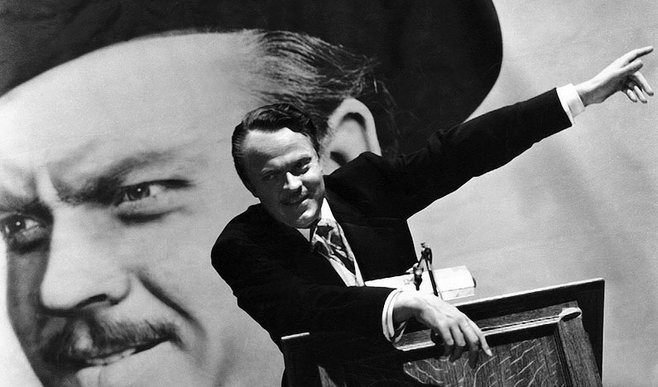
Of course Citizen Kane must occupy a spot on this list. One of the largest movies ever made in its revolutionary approach, in its enormous influence on cinema as a whole. Few films pursue understanding a life in all its complexities, and next to none reinvent the form in this pursuit.
Starring Orson Welles himself as Charles Foster Kane, a newspaper tycoon that dies after years of mythic living. This is how the film starts, with his death. It then becomes the job of a reporter to talk with all that have survived him, all that knew him while he was alive to gain some sense of what compelled him to be who he was, to become a myth.
And it’s the unimaginable weight of this reporter’s job which hoists Citizen Kane up into a realm of profound misunderstanding. The work is one that is deeply unsettled, full of questions that are never answered, cannot be answered.
3. Playtime by Jacques Tati
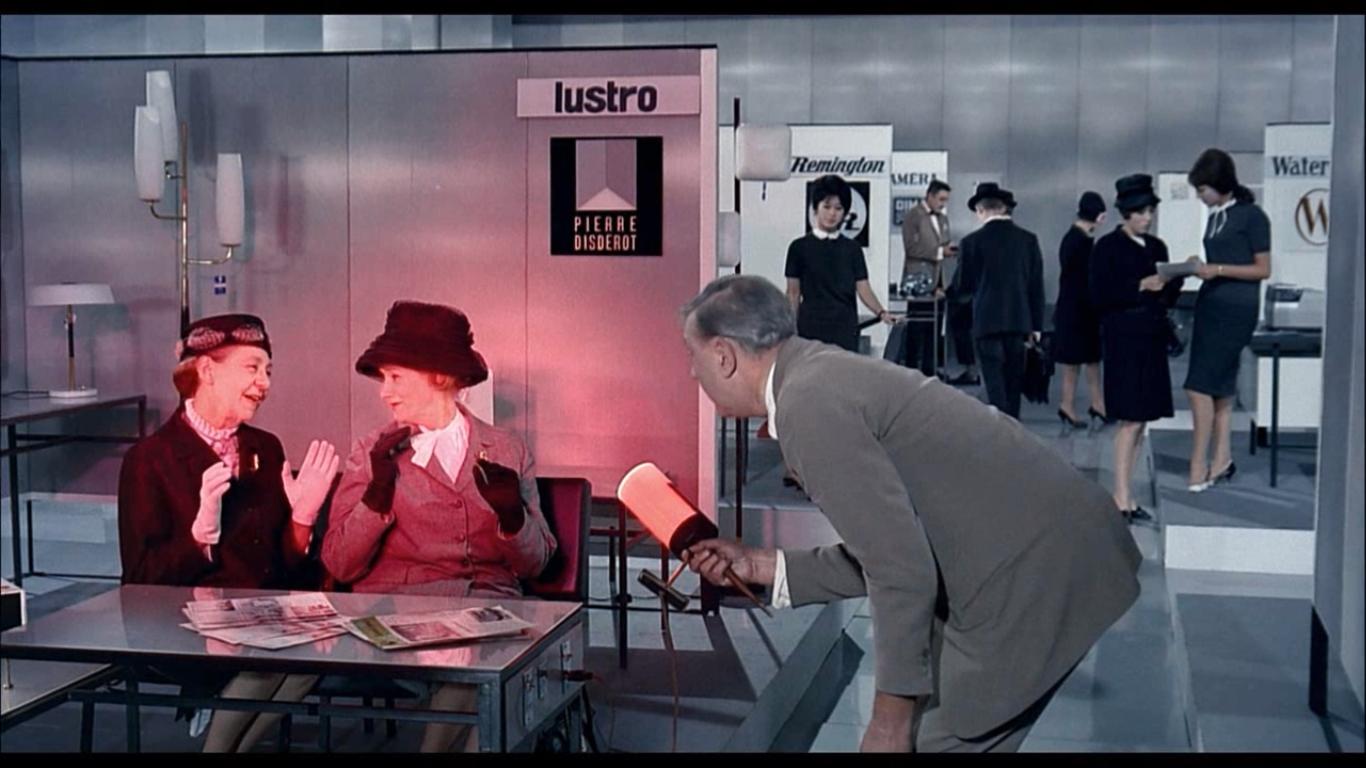
A film featuring no close-ups or virtually any medium shots even, Tati’s vision is removed and willing to engage with the whole frame. Best described as about a group of people that, sometimes clearly together sometimes accidentally so, travel through Paris. Shot on a massive set known as Tativille, the Paris known to the people of Playtime is particularly Modern, one can even argue dystopian.
Tati plays his familiar Monsieur Hulot here, engaging in the dystopia in series of comic interactions that can be totally unnoticed depending on where a viewer is looking on the screen. The sheer decision of where to participate in the frame is further complicated by the intricate soundscape, one that was meticulously dubbed by Tati himself to create a totally immersive cinematic experience.
2. The General by Buster Keaton/ Clyde Bruckman
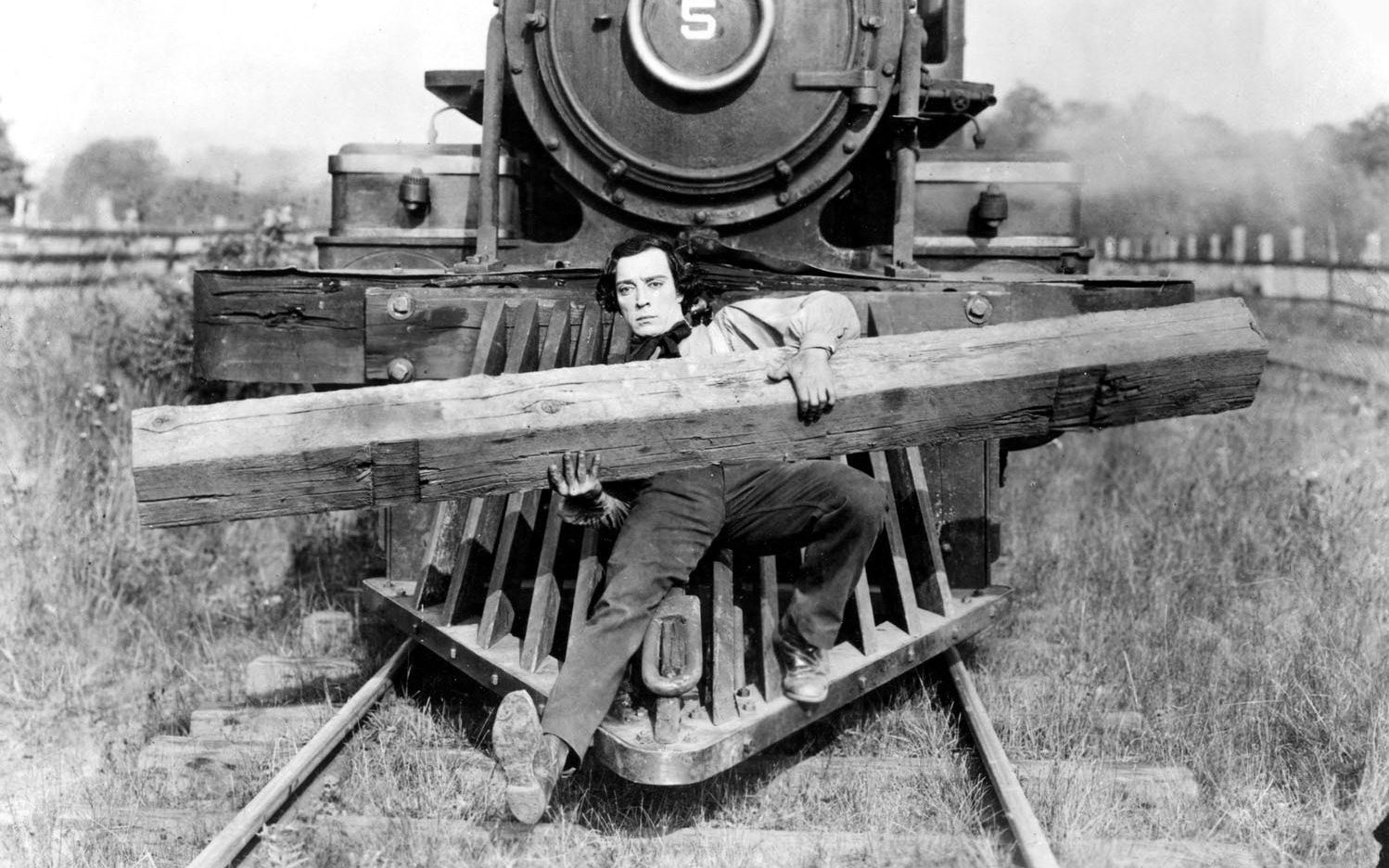
One of the most famous films of the silent era is Buster Keaton’s expensive epic. Built around the iconic train chase sequence, Keaton’s role as Johnny Gray involves chasing after his two loves: his locomotive the General and Annabelle Lee, a beautiful girl that rejects him because he is disallowed from enlisting in the Civil War.
It is through Keaton’s legendary comic timing that this film balances some of the most intricate set pieces in cinema history, giving audiences a gloriously ambitious comic package.
1. City Lights by Charlie Chaplin
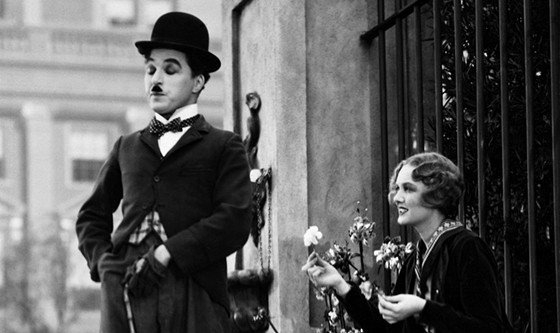
Chaplin’s career includes many iconic works of course, led by Chaplin’s alter ego the Tramp, as he navigates what was, and still is, a totally absurd world. This particular film involves the Tramp’s love for a blind flower girl, making it his mission to care for her through any obstacle despite his lack of wealth.
A notable obstacle comes about when the Tramp must survive a boxing match, a scene that influenced cinema on top of comic performances for decades after its creation.
Author Bio: Zach Crosswait is a filmmaker operating out of Chicago. He is currently studying cinema at Columbia College of Chicago, he regularly posts work on YouTube.